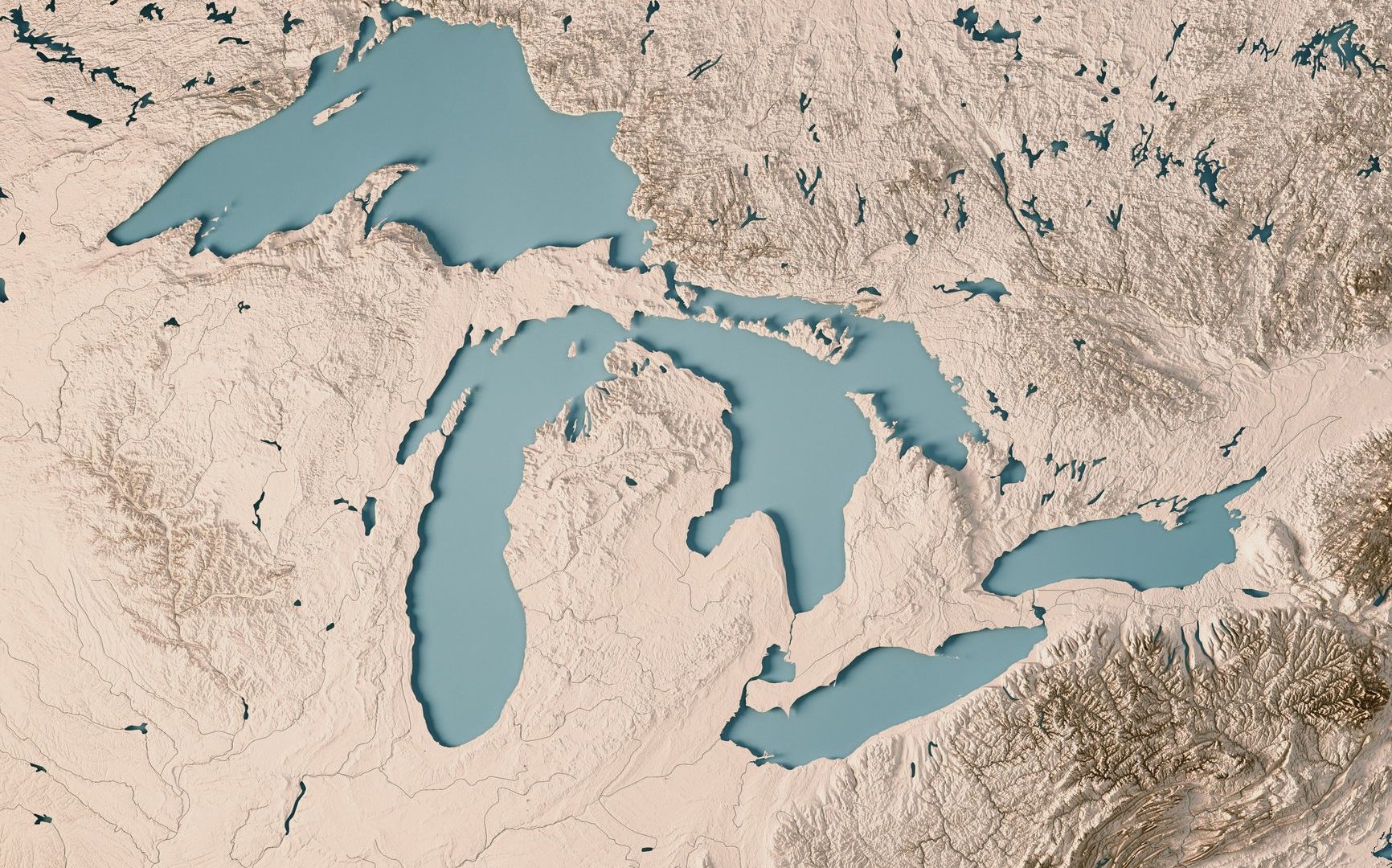An inter-agency team of public and private sector partners is addressing drinking water safety for oxygen depleted waters (hypoxia).
NOAA’s latest experimental forecast models, developed by its Great Lakes Environmental Research Laboratory, are leveraging NOAA’s operational National Weather Service and National Ocean Service forecast models and remote sensing for the Great Lakes.
The latest experimental forecast models can predict when water affected by harmful algal blooms and hypoxia may be in the vicinity of drinking water intake pipes. Advance notice of these conditions allows water managers to change their treatment strategies to ensure the health and safety of drinking water.
“Hypoxia occurs when a lot of organic material accumulates at the bottom of the lake and decomposes,” said Devin Gill, stakeholder engagement specialist for NOAA’s Cooperative Institute for Great Lakes Research. “As it decomposes, it sucks oxygen from the water, can discolour the water and allow for metals to concentrate.”
Low dissolved oxygen on its own is not a problem for water treatment. However, low oxygen is often associated with a high level of manganese and iron in the bottom water that then leads to drinking water colour, taste, and odour problems. In addition, the same processes that consume oxygen also lower pH and, if not corrected, could cause corrosion in the distribution system, potentially elevating lead and copper in treated water.
“Periodically, this water with depleted oxygen gets pushed up against the shoreline and the drinking water intakes pipes,” said Craig Stow, senior research scientist for NOAA’s Great Lakes Environmental Research Laboratory. “We have buoys stationed at various places and those guide our models to let us know when conditions are right for upwellings that would move this hypoxic water into the vicinity of the drinking water intakes.”
NOAA provides advanced warning of these events so that drinking water plant managers can effectively change their treatment strategies to address the water quality, which is a huge benefit in the water treatment industry.












